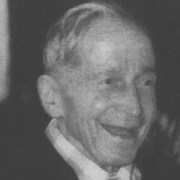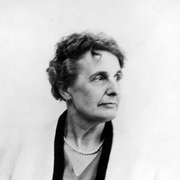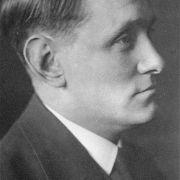Righteous Among the Nation - Jan and Antonina Zabinska
“We did it because it was the right thing to do”
Prior to World War II, more than half a million Jews lived in Warsaw, making it one of the major targets for Jewish persecution in Nazi-occupied Europe. In November 1939, thousands of Jews were forcibly evacuated from their homes to the “Jewish areas” in Warsaw, which later became the Warsaw ghetto.[1] On November 10th, 1941, the Nazi governor of Warsaw, Dr. Ludwig Fischer, published a decree banning Poles from assisting in any way their Jewish neighbors. The decree stated that anyone who gives shelter or provides any form of aid to Jews will be executed.[2]
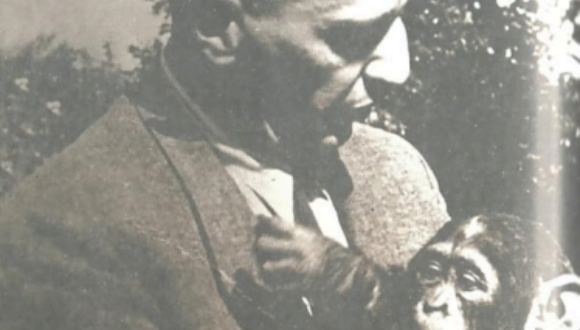
ז’בינסקה, אנטונינה. גן החיים : על אנשים וחיות. תל-אביב: עם עובד, 2011.
Dr. Jan Zabinski was a Polish zoologist. In 1929, after having made remarkable scientific achievements, he was appointed the director of the Zoological Gardens in Warsaw. Zabinski lived with his wife, Antonina and their son Ryszard in a villa on the zoo grounds.[3] [4]
From the very early days of the Nazi occupation of Poland, the Zabinski family sheltered a Jewish family of five in their home.[5] In view of the bombardment of the city, most of the zoo animals were evacuated, and the cages remained empty.[6] Due to his profession, Jan had a special permission to enter the Warsaw ghetto so he could examine the public gardens there. Jan used this opportunity to smuggle food packages to his Jewish friends in the ghetto.[7] [8]
When the deportations from the ghetto to Treblinka extermination camp began in 1942, Zabinski decided to shelter Jews in the empty cages.[9] As a member of the Polish Resistance- Armia Krajowa (Home Army), he worked alongside the Jewish Resistance. Together they provided the Jewish refugees with forged identification documents and smuggled them from the zoo to the Aryan side of Warsaw.[10] [11] [12]
The Zabinski family had internal codes they used to protect the Jews who took refuge in the zoo. If Antonina wanted them to stay hidden, while the family received guests, she played a specific melody on her piano.[13] If the guests lingered, Zabinski told his son to “feed the peacocks”, meaning he wanted him to provide them with food.[14]
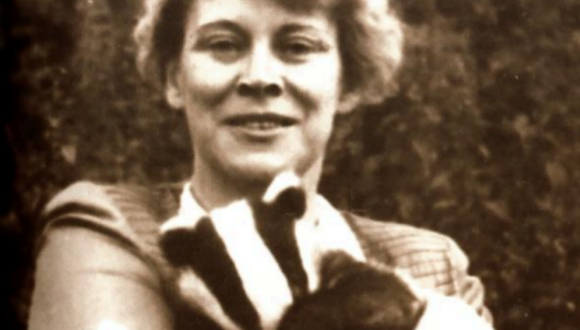
ז’בינסקה, אנטונינה. גן החיים : על אנשים וחיות. תל-אביב: עם עובד, 2011.
As a member of the Polish underground, Zabinski was captured by the Germans during the Warsaw ghetto uprising in 1944 and was sent to a prison in Germany. Antonina continued his work, and saved additional Jewish refugees that hid in the ruins of Warsaw.[15]
Altogether, Jan and Antonina saved the lives of more than 300 Jews in the Warsaw Zoo during the war.[16]
On September 21st, 1965, Yad Vashem recognized Jan and Antonina Zabinsky as Righteous Among the Nations. They were among the first Poles to receive this great and special honor.[17] [18]
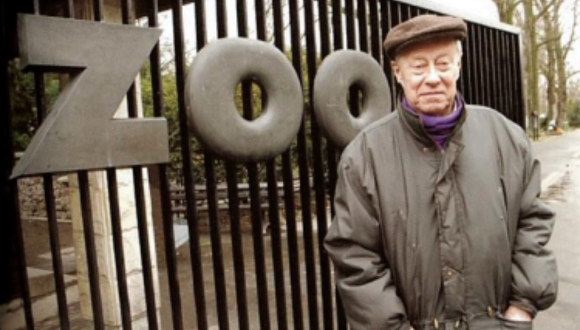
ז’בינסקה, אנטונינה. גן החיים : על אנשים וחיות. תל-אביב: עם עובד, 2011.
Jan and Antonina’s story continues to arise public interest. In 2008, author Diane Ackerman published a novel titled “The Zookeepers wife”, which tells the story of Jan and Antonina during the war. The book was later adapted into a movie in 2017 bearing the same title.
[1] Martin Gilbert, The Righteous: the Unsung Heroes of the Holocaust, 1st American ed. (New York: Henry Holt, 2003), p. 128.
[2] Ibid, p. 129.
[3] Mordecai Paldiel, Harold M. Schulweis, and Abraham H. Foxman, The Path of the Righteous: Gentile Rescuers of Jews During the Holocaust, (Hoboken, N.J: Ktav Pub. House, 1993), p. 194.
[5] Mordecai Paldiel, Harold M. Schulweis, and Abraham H. Foxman, The Path of the Righteous: Gentile Rescuers of Jews During the Holocaust, p. 194.
[6] Martin Gilbert, The Righteous: the Unsung Heroes of the Holocaust, p. 133.
[7] https://www.youtube.com/watch?v=UxAjqjxe5xE [ 4:23-4:32].
[9] Martin Gilbert, The Righteous: the Unsung Heroes of the Holocaust, p. 133.
[10] Mordecai Paldiel, Harold M. Schulweis, and Abraham H. Foxman, The Path of the Righteous: Gentile Rescuers of Jews During the Holocaust, p. 194.
[14] Mordecai Paldiel, Harold M. Schulweis, and Abraham H. Foxman, The Path of the Righteous: Gentile Rescuers of Jews During the Holocaust, p. 194.
[15] Martin Gilbert, The Righteous: the Unsung Heroes of the Holocaust, p. 133.
[18] Martin Gilbert, The Righteous: the Unsung Heroes of the Holocaust, p. 132.


